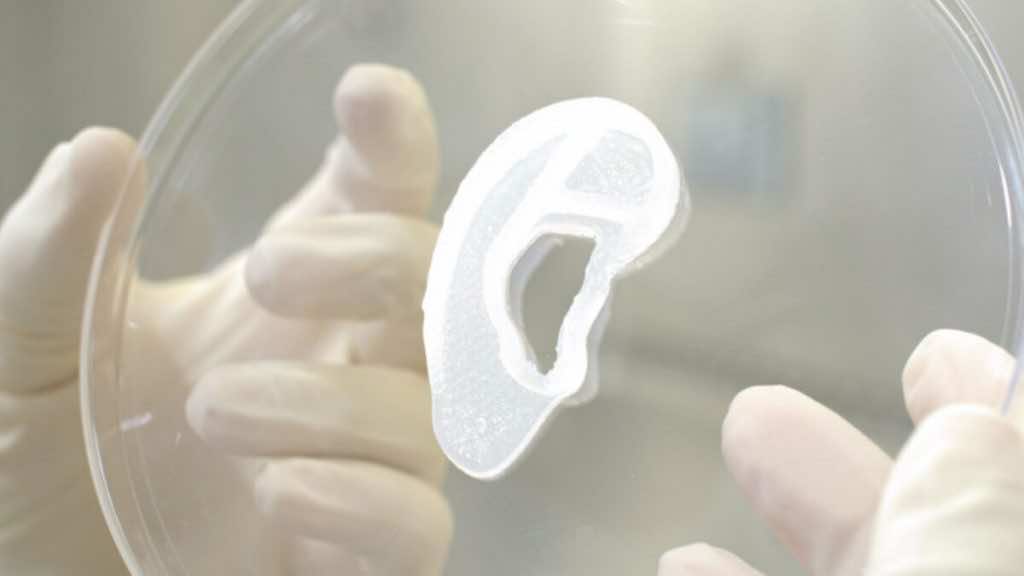Another evolution has been made in the field of tissue engineering, which has opened the doors to many new opportunities in research. Scientists from the American biotech company named “Queens-based 3DBio Therapeutics” made a breakthrough by effectively transplanting a 3D-printed ear into a twenty-year-old patient. It is worth noting that the ear is incorporated using the patient’s own body cells, which made it a completely safe and prosperous process.
The operation was the first clinical trial of its own that went successfully as planned, and now the company is seeking the trials to be conducted on a larger scale to further check the efficacy of this process on different patients. For this purpose, the doctors have devised a timeline for the trials on a larger scale, which includes 11 patients in the sampling phase. However, a professor of biomedical engineering and materials science and engineering at Carnegie Mellon University, Dr. Feinberg stated, “It’s definitely a big deal. It shows this technology is not an “if” anymore, but a “when.”
Scientists have designed this 3D ear in such a way that it precisely matches the other ear. The patient under consideration for this had a defect in her right ear, which after the transplant becomes perfectly analogous to the left ear. Some researchers argued that the transplant might behave differently on contrasting patients as per the responses of their bodies, but as this ear has been completely transplanted using the patient’s body cells, it is very rare to find any complications.
According to the company, with time, the ear will automatically take the shape of a natural ear through the continuous regeneration of “cartilage” tissues. This would make it look and feel like a congenital ear. However, the technicalities of the process haven’t been revealed as this is something that is private to the company and not published publicly. What matters to the patients are the fruitful results and the efficacy of this process, through which they can eliminate this condition called “microtia”.
The patient, Alexa, is now relieved and grateful to the doctors who have made it possible for her to restore her self-esteem. According to her, “You care a little more about your image when you’re a teenager. Some people said things that were not thoughtful, and it started bothering me. But now, I think my self-esteem will go up.”
Similarly, we have also witnessed in the recent past when a 57-year-old was transplanted with a pig heart, which made him live a little longer and enjoy the last days of his life. Hence, all these developments are a step forward to boost the progress of tissue engineering in the right direction.

